Meet The Locals
We are fortunate to have many bird species visit the mudflats of the River Wyre estuary. Other wildlife such at seals and porpoise can be seen on rare occasions too! Meet some of the regular birds that make the sand-banks and tall grasses their home, or simply choose the River Wyre to feed on their long migratory journeys.
Regular waders at the Shard Riverside
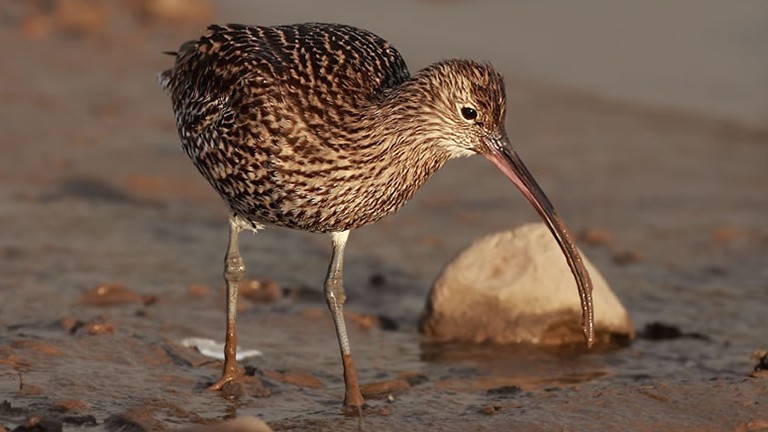
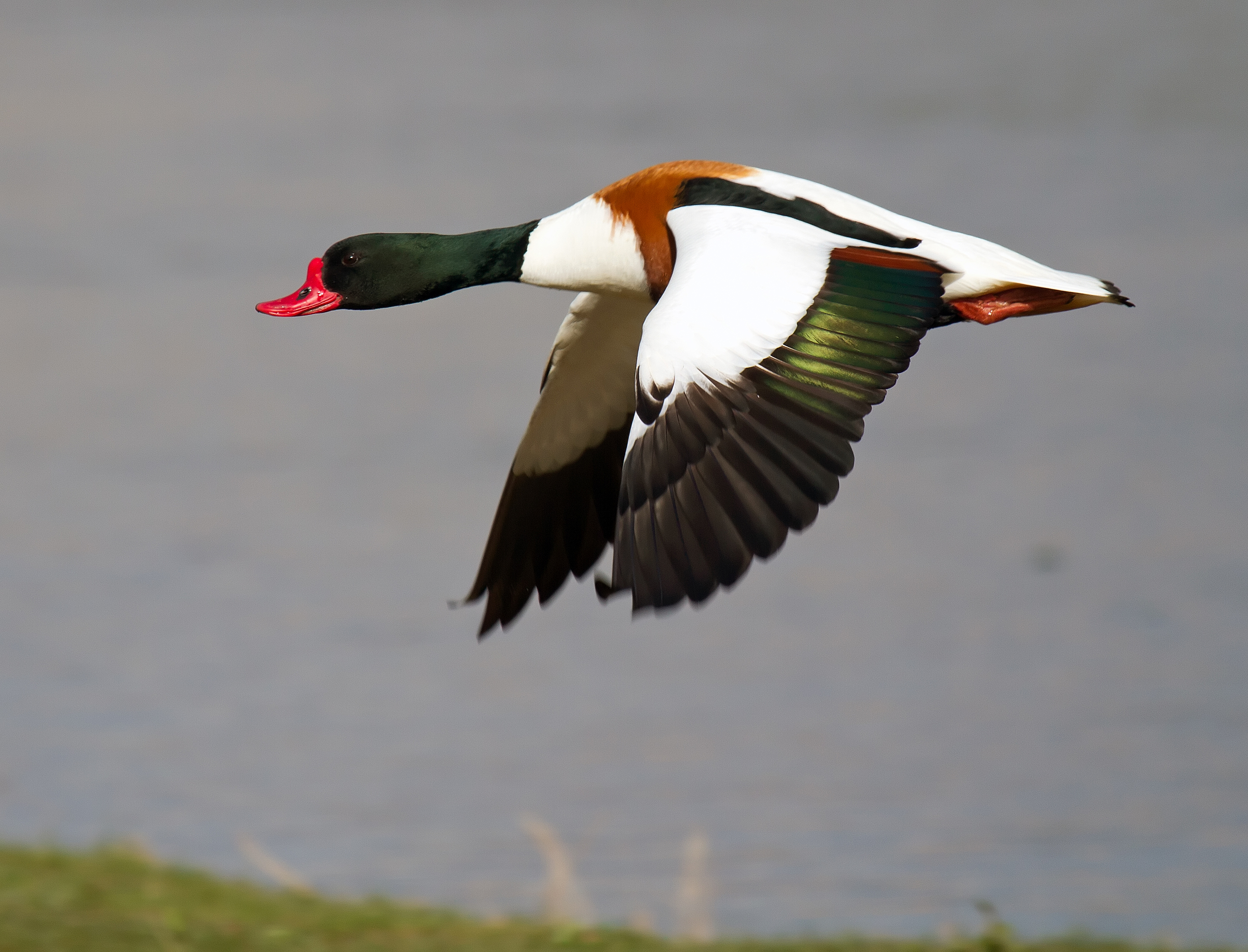
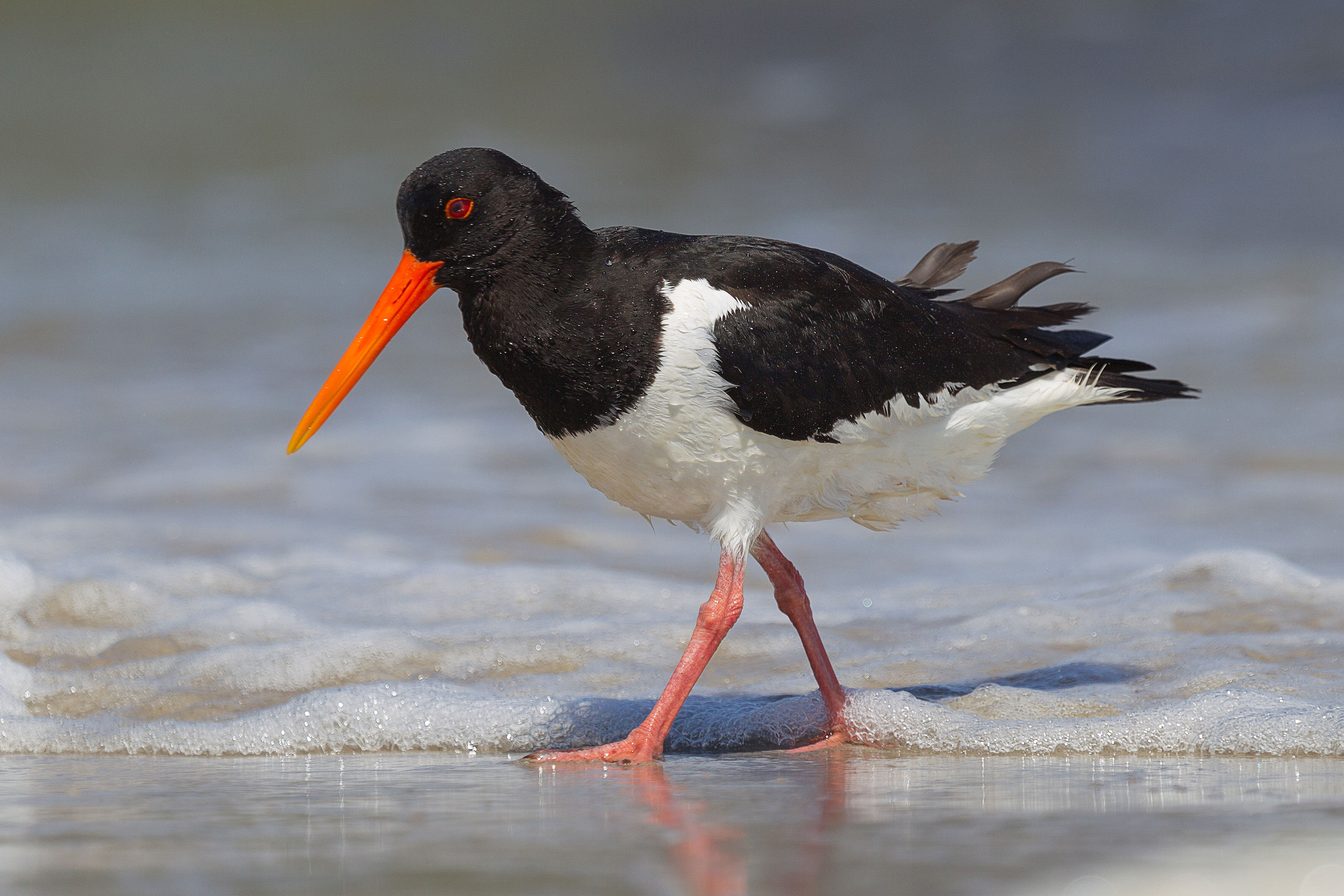
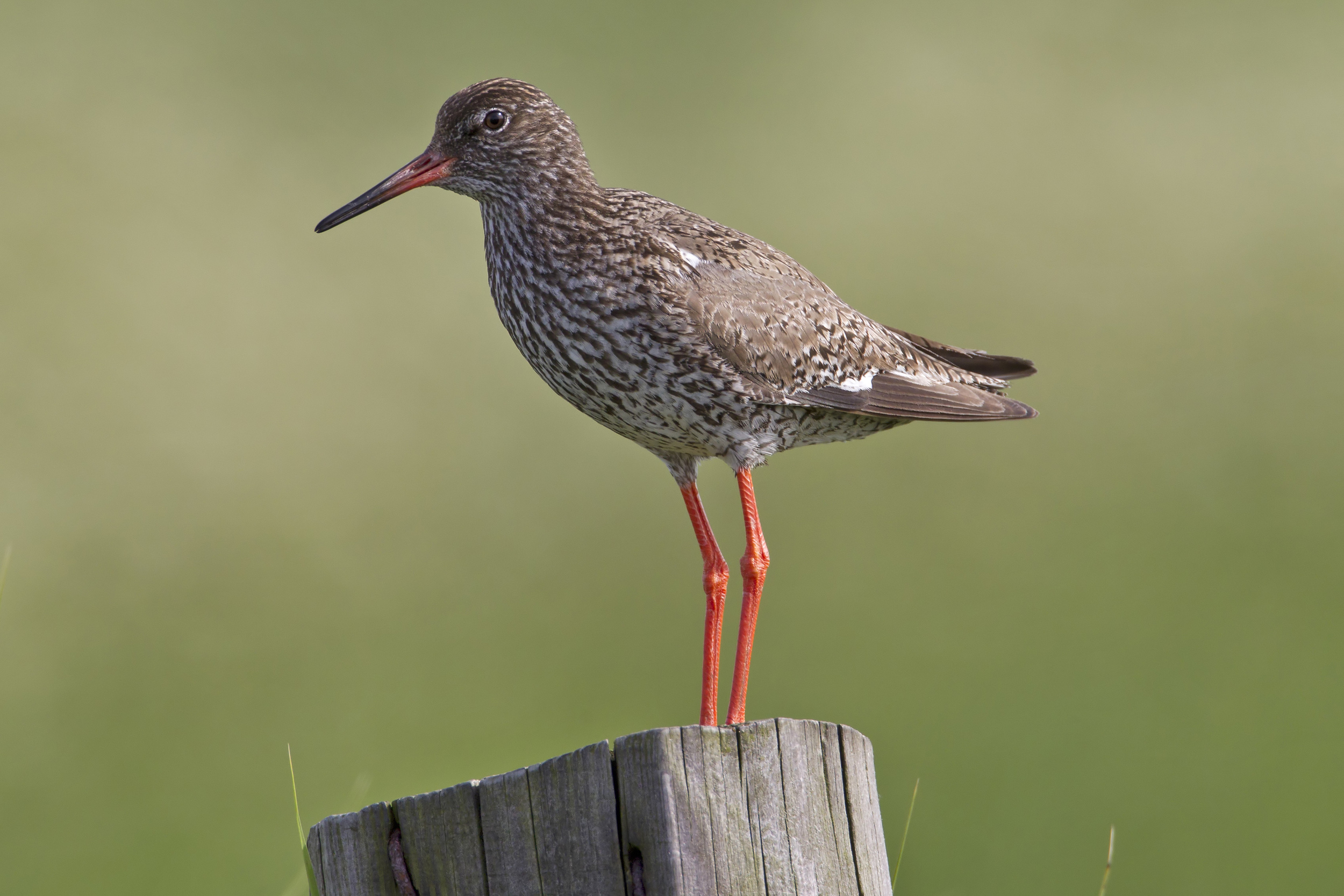

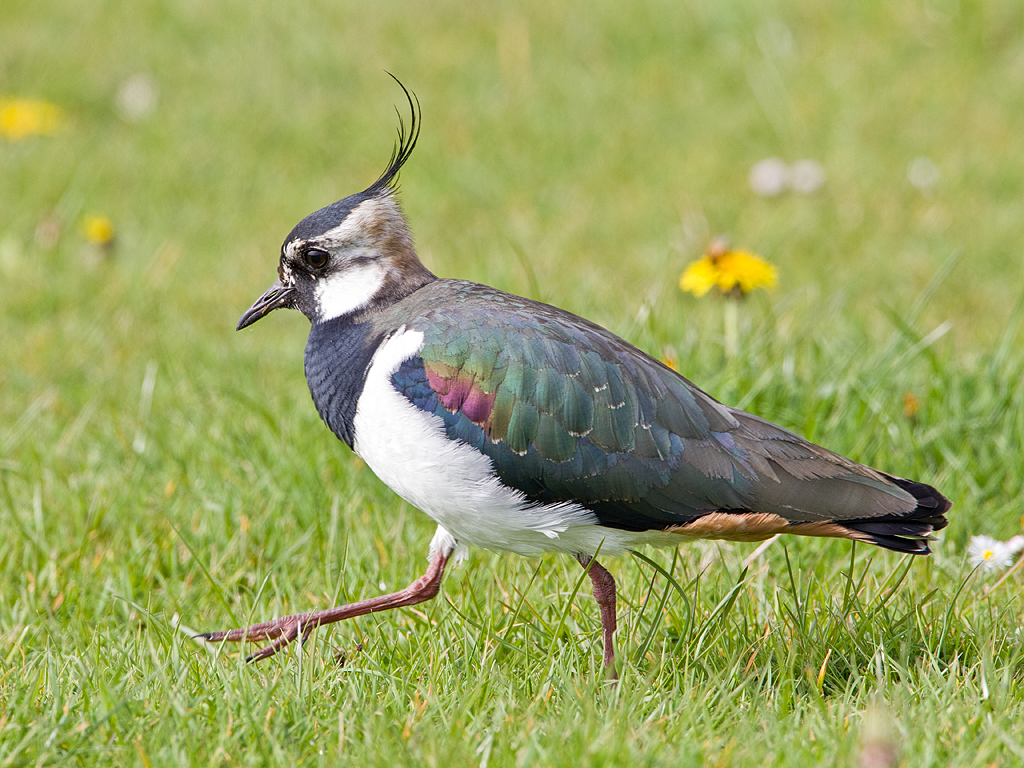
curlew
The most memorable part of the curlew's repertoire is the beautiful bubbling trill which is specially related to courtship and may in fact be appreciated at all seasons. A giant among waders, the curlew is unmistakable with long bill and equally long legs.
shelduck
At a distance the Shelduck can look back and what, but its head is glossy green-black and has a prominent chestnut breast bank. Unlike most ducks, sexes are similar, although the female is rather duller and lacks a knob at the base is the bill.
Oystercatcher
Today big flocks of Oystercatchers can bee seen on favourite sand-banks and mudflats, paddling about in search of shellfish and small crustacea. But why this bird has been called oystercatcher is not clear, since there is hardly any evidence they are capable of opening a fully developed oyster.
Redshank
The Redshank is quite an important symbolic bird in terms of quality of habitat, and that applies to both saltmarshes and grazing marshes. A medium sized grey-brown wader and combination of orange-red legs and base of bill make the redshank unmistakable. They are easily heard emitting their distinctive musical "tuuu" and "tu-hu-hu".
grey heron
Gaunt grey herons are among the most familiar of our local water birds. Fresh or salt, clear or muddy each is acceptable so long as it will yield something worthwhile. They stalk through the shallows with long deliberate strides, neck muscles tensed for spearing. Eventually a fish will pay the price of carelessness as the heron's kinked neck is straightened with startling speed and the sharp bill stabs its prey - sometimes several times.
Lapwing
At close quarters you will note the Lapwing is not really black and white although looking so in flight. Iridescent purple-green upper parts and rich chestnut patches above and below the tail contrive to give a truly handsome appearance. Well worth watching, Lapwing spread apart to feed, each bird running short distances then pausing to watch for any tasty movements.
Each season bring with it a new variety of bird to spot. Wether you have a passing interest or you are a regular spotter, visit the Shard anytime and enjoy these magnificent birds. For lot's more information on the birds, their feeding habits, migrating patterns and nesting seasons visit www.rspb.org.uk or birdsofbritain.co.uk

